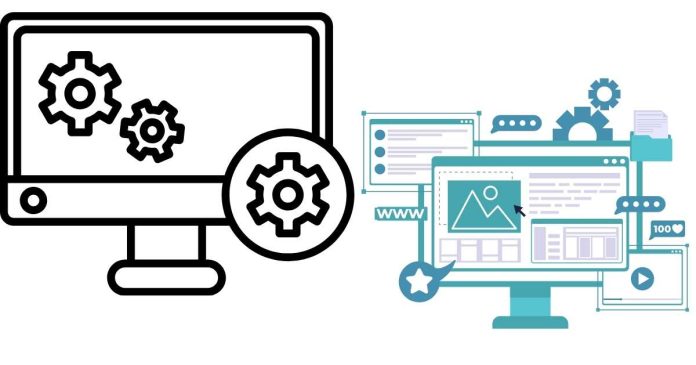In the world of software development, terms like “scripting” and “programming” are often used interchangeably, but they refer to two distinct concepts. Both involve writing code to solve problems, automate tasks, and create applications, but they differ in their execution, complexity, and scope. Understanding the key differences can help developers decide which approach or technology to use based on the task at hand.
1. Definition and Scope
Programming:
Programming refers to writing code to create software applications. These applications can range from desktop software, mobile apps, operating systems, and video games to more complex systems like artificial intelligence models. The code written in a programming language must usually be compiled or translated into machine code or an intermediate language before execution. Programming languages like C++, Java, and Rust are commonly used for developing large-scale, high-performance applications.
Scripting:
Scripting, on the other hand, involves writing scripts to automate tasks or control the behavior of software. Scripts are typically shorter, simpler, and written to automate repetitive tasks, interact with systems, or manipulate data within other applications. Unlike programming languages, scripts often don’t require compilation, and they are executed directly by an interpreter. Common scripting languages include Python, JavaScript, Perl, and Bash.
2. Execution Method
Programming:
In traditional programming, code is often compiled into machine code before it can be executed. This compilation step converts the high-level code into binary code that the computer’s processor can understand. Compiled languages tend to execute faster and are better suited for performance-critical applications. An example of this is C++.
Scripting:
Scripting languages are typically interpreted, meaning they are executed line-by-line by an interpreter at runtime, without needing a compilation step. The interpreter reads and executes the code on the fly. This can make scripting languages slower than compiled languages, but they are often more flexible and easier to debug. Examples include Python and JavaScript.
3. Use Cases
Programming:
Programming is typically used for building standalone applications or systems where performance, security, and resource management are crucial. These applications often run independently and require careful planning, design, and structure. Examples include operating systems, desktop applications, and large-scale web services.
Scripting:
Scripting is commonly used to automate small tasks, such as manipulating files, parsing text, interacting with web pages, or managing system configurations. Scripting is often employed to glue different programs together or to add functionality to an existing application. For instance, JavaScript is widely used for client-side web development to enhance the interactivity of websites, while Bash scripts can automate server tasks.
4. Complexity
Programming:
Programming generally involves writing more complex and structured code. It requires a good understanding of algorithms, data structures, and design patterns. Programs tend to have longer lifecycles and may involve multiple stages such as development, testing, and deployment. Developers may need to manage memory, concurrency, and other lower-level details.
Scripting:
Scripting is often simpler and focuses on automating specific tasks. It is generally less concerned with memory management and efficiency, as scripts are usually smaller in scope. While scripts can become complex depending on their purpose, they tend to be more straightforward, with less overhead and easier maintenance.
5. Language and Tools
Programming Languages:
Some languages are specifically designed for programming, focusing on performance and control over hardware resources. Examples include C, C++, Java, and Rust. These languages allow developers to have granular control over how an application functions, often making them better suited for system-level programming.
Scripting Languages:
Scripting languages, on the other hand, are designed for automating tasks and simplifying development. They prioritize ease of use and flexibility. Python, Ruby, and JavaScript are popular scripting languages. These languages are often designed with extensive libraries or frameworks that help developers quickly solve problems with minimal code.
6. Development Speed and Flexibility
Programming:
While programming can involve more complexity and longer development cycles, it offers greater control over the functionality and performance of an application. The extra effort required often results in highly optimized and tailored solutions. However, this process may also require more time for debugging and testing.
Scripting:
Scripting is often faster to develop because the code is simpler, and the interpreter executes code without the need for complex compilation steps. This makes scripting ideal for quick prototypes, automation, or tasks that don’t require as much computational power or complex architecture.
Conclusion
While there is a clear distinction between scripting and programming, it’s important to note that the lines are often blurred. In modern development environments, both approaches are frequently used together. For instance, a developer might write a Python script to automate data processing, while also using C++ to build a performance-intensive core application. Ultimately, whether you are scripting or programming depends on the task you are trying to accomplish and the trade-offs between simplicity, performance, and functionality.
Understanding the difference between scripting and programming can help developers choose the right tool for the job, ensuring efficiency and the best possible results for the task at hand.


